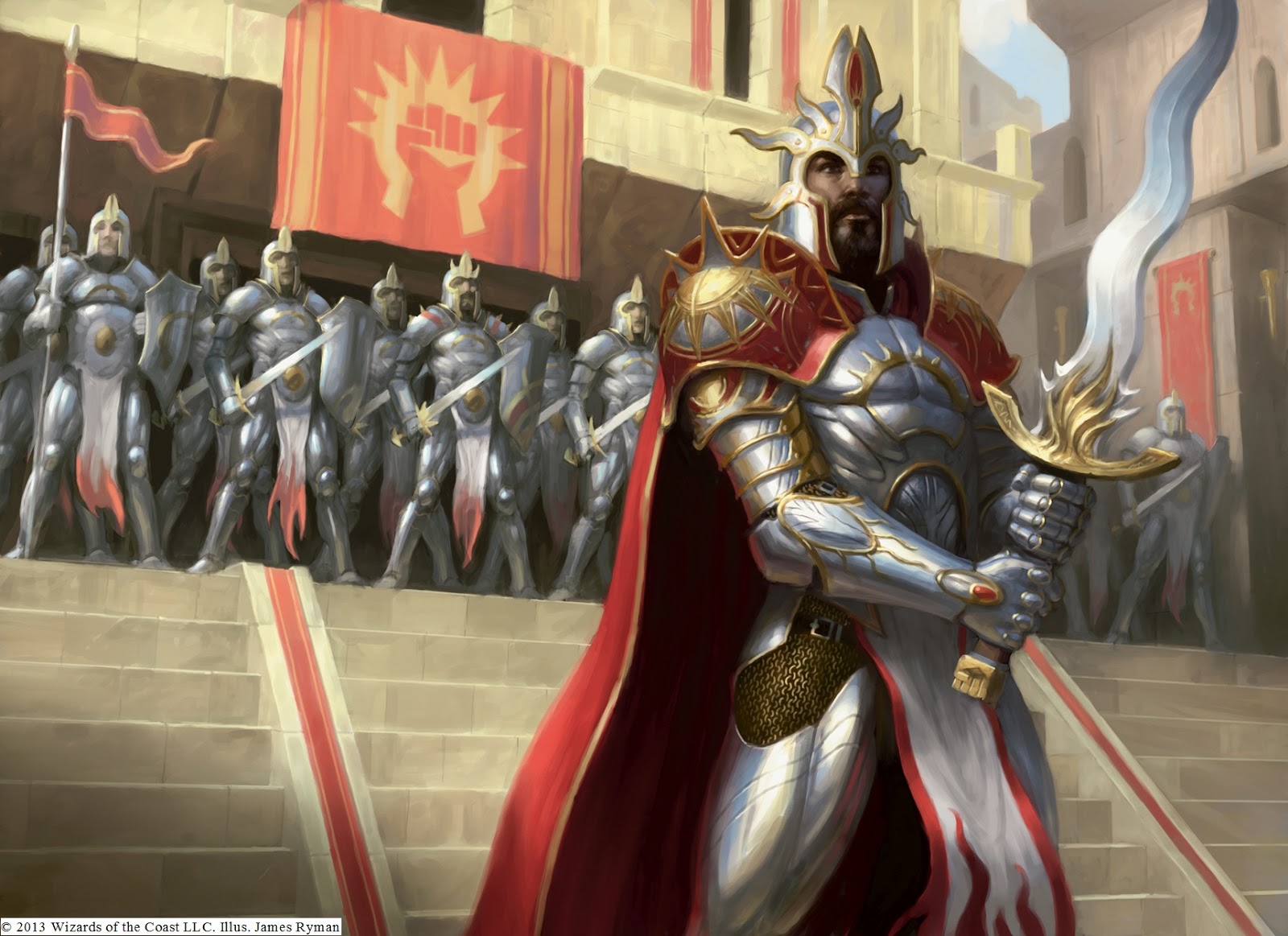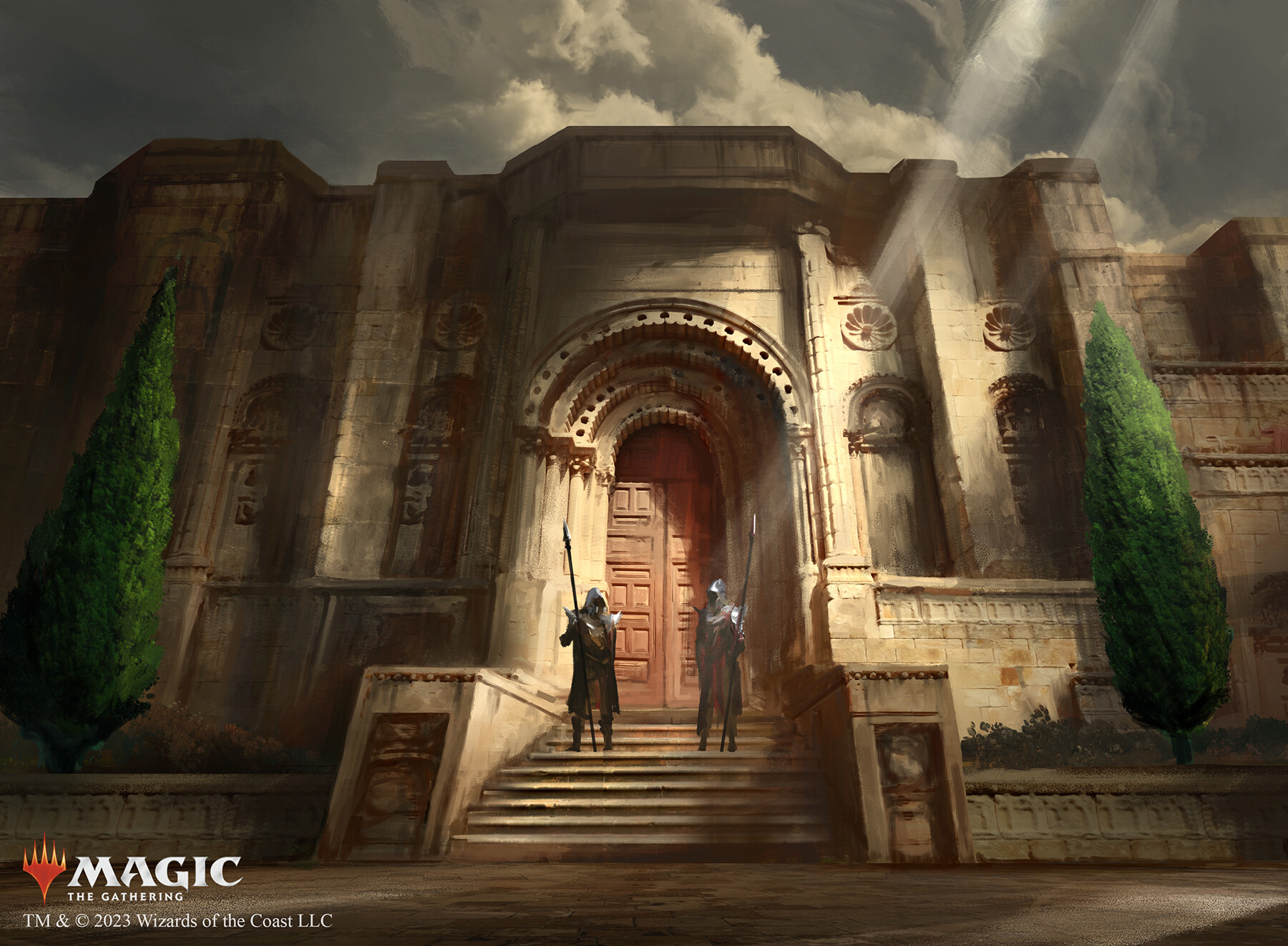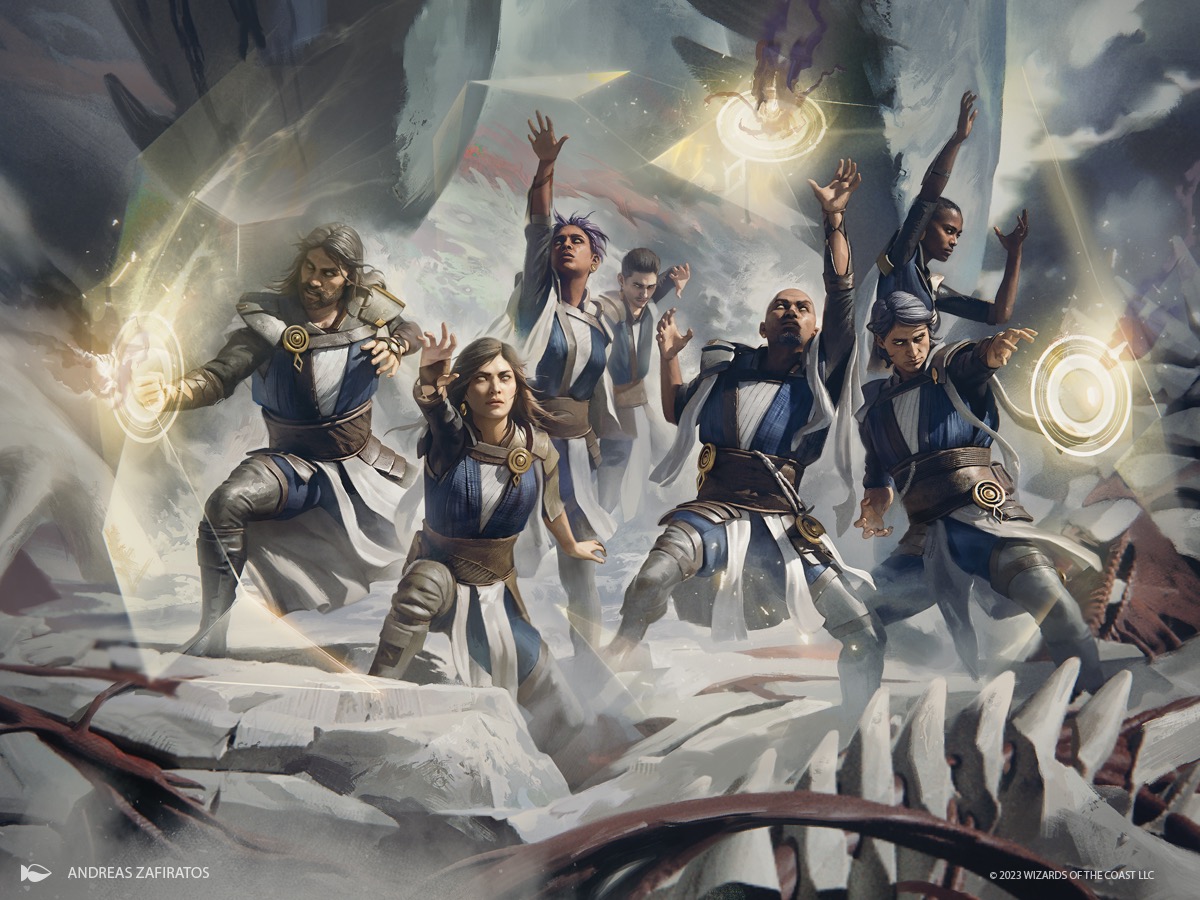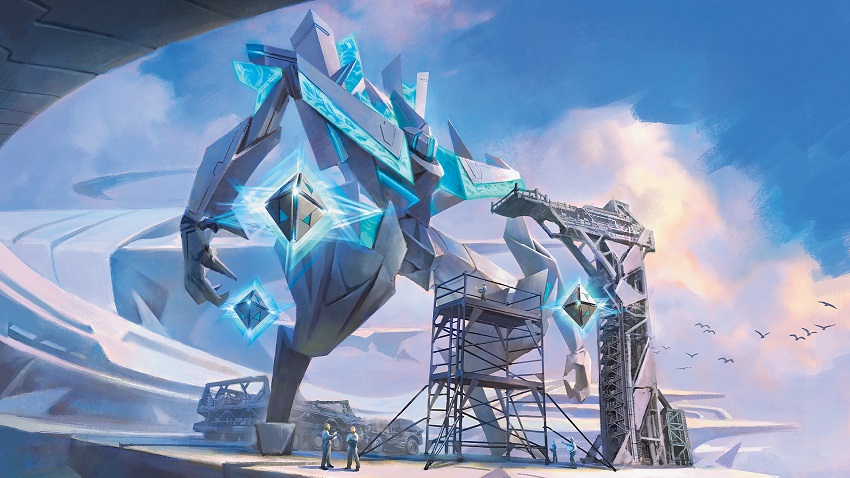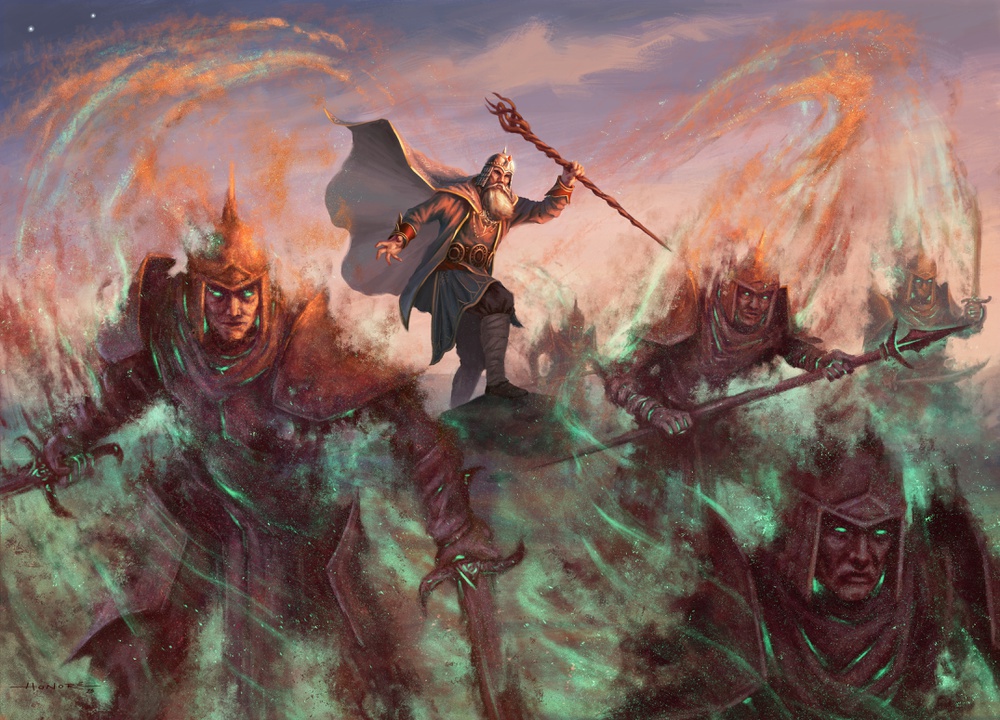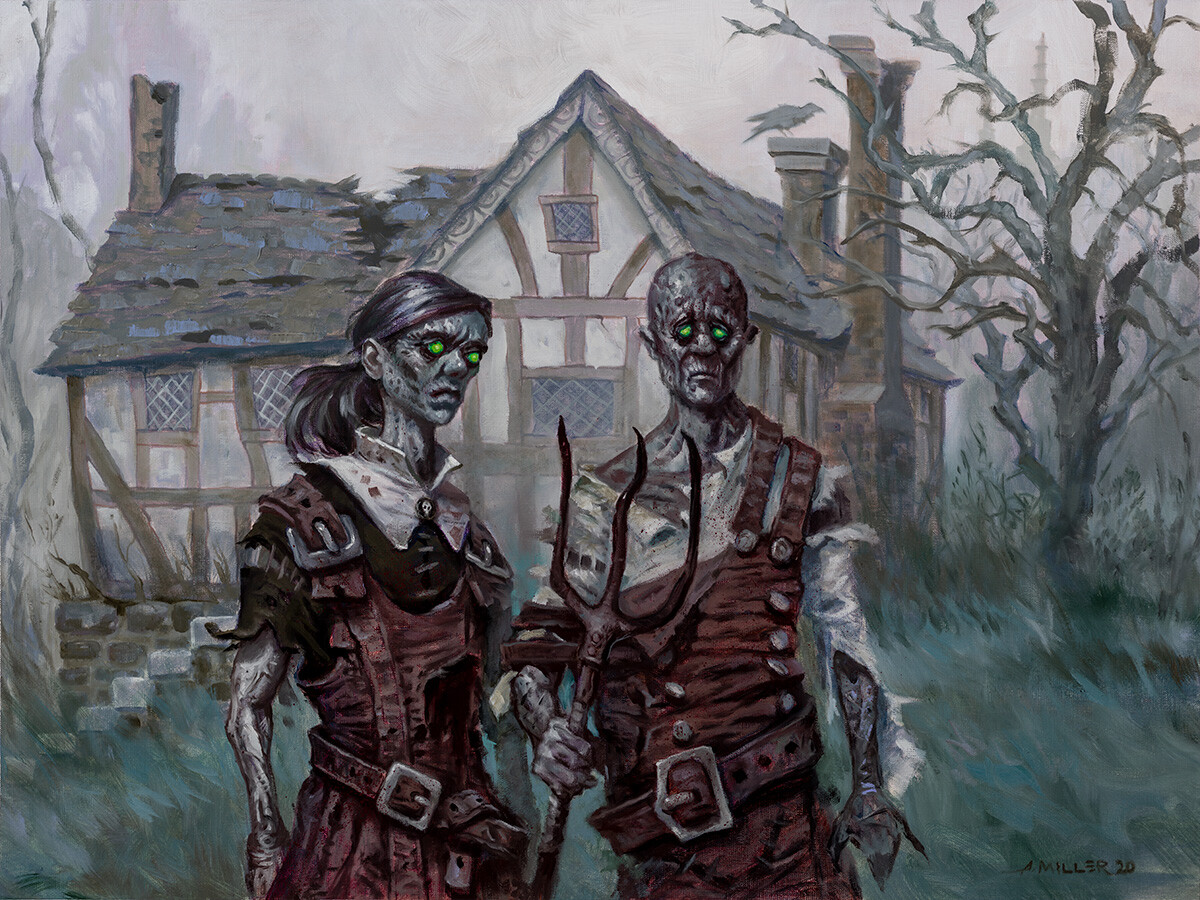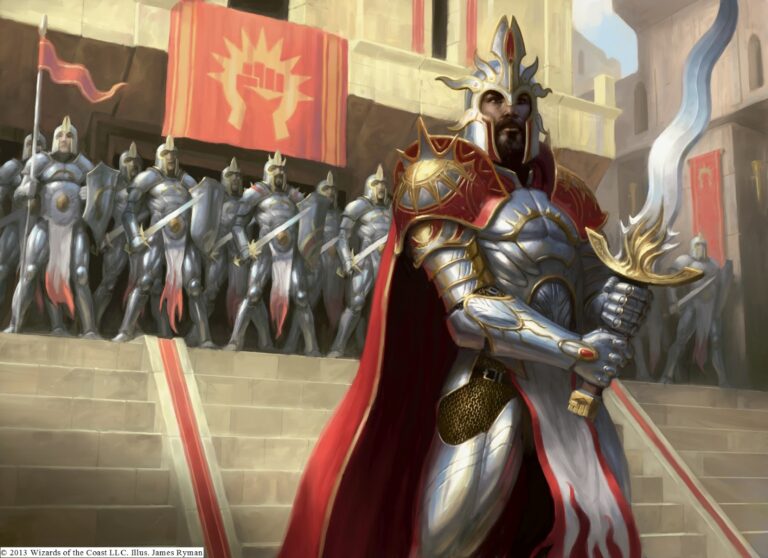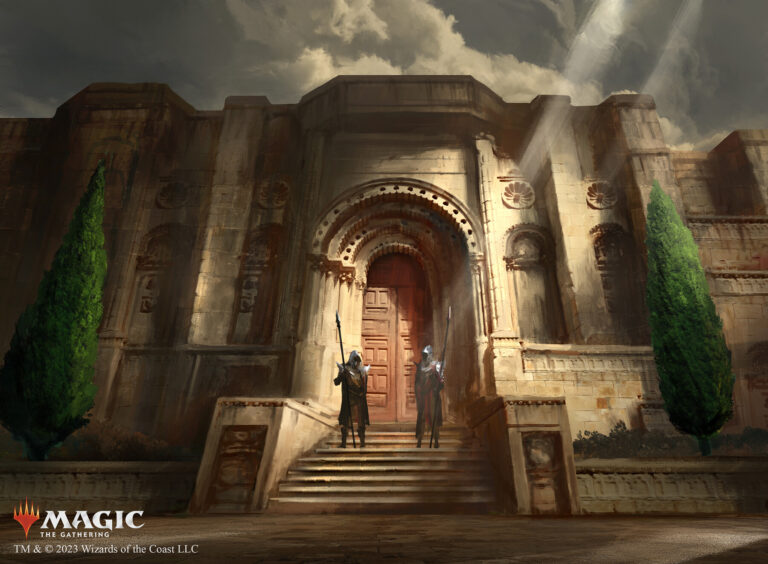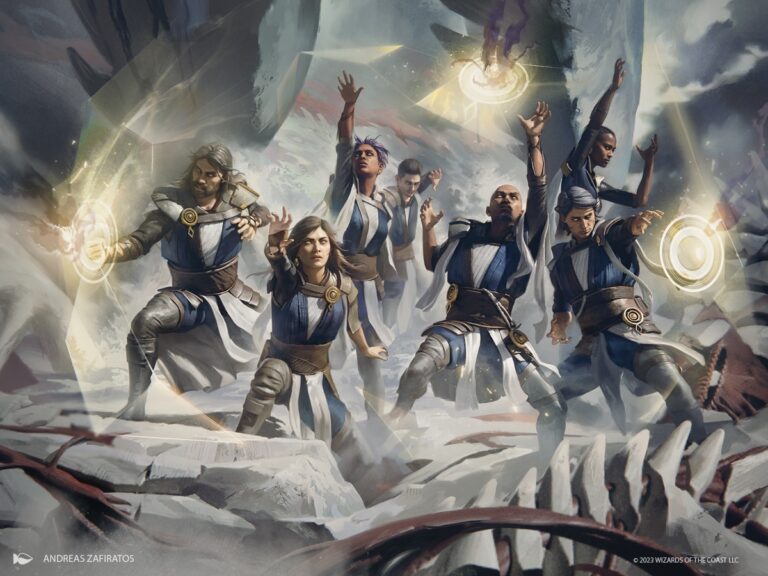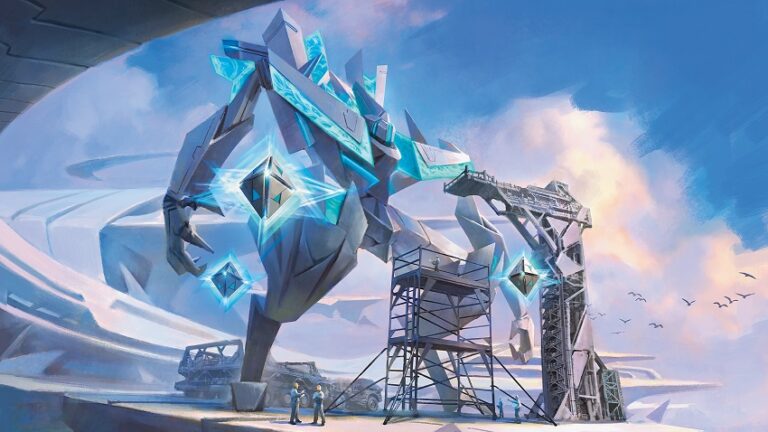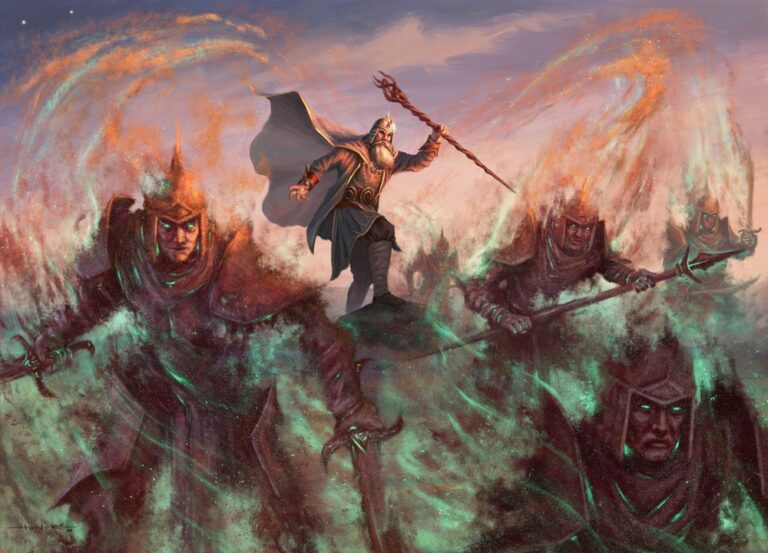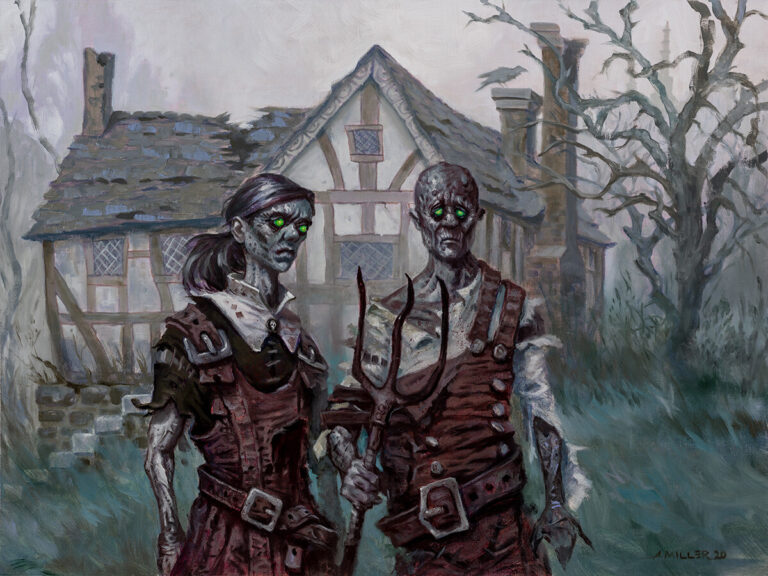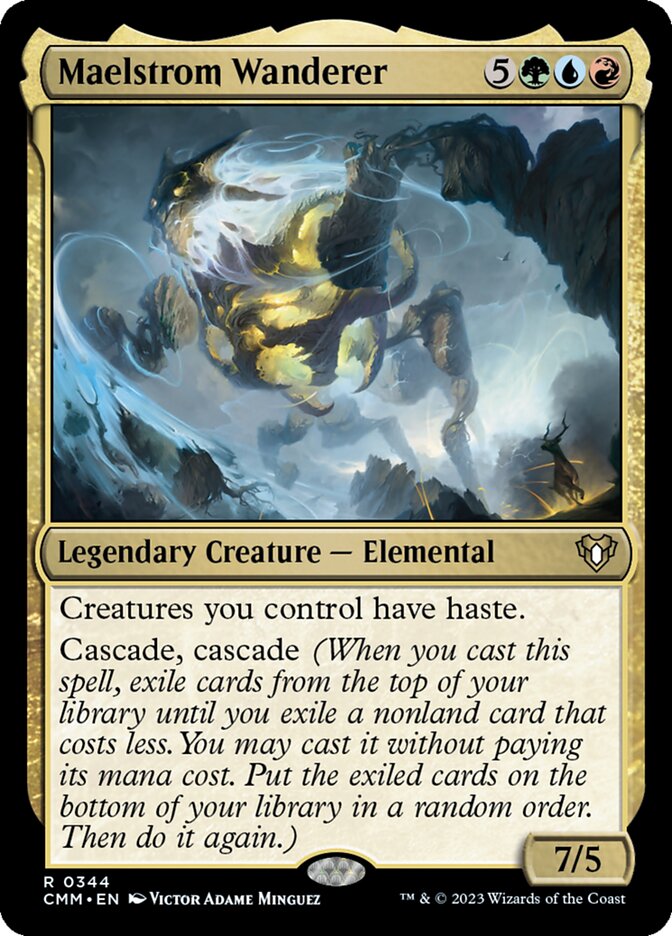
“The Dream” is aptly named because playing this deck feels like executing extraordinary maneuvers, as if you’re living a dream. It often results in perfect plays and dramatic turnarounds, leaving opponents pinned against the wall and helpless under relentless attacks. This type of deck excels with explosive starts, leveraging high-power cards to establish a straightforward game plan, which can be particularly accessible for newcomers in the Centurion format.
I’m Andrea Bosco (Re del Commander on Moxfield), and today, using my list as a starting point, I’ll be discussing Maelstrom Wanderer.
Deck structure
Maelstrom Wanderer is a Commander with a formidable 7/5 stat line, is in the Temur colors, and has a casting cost of 8, which might seem prohibitive at first glance. However, this primer will illustrate how archetype builds address the “mana problem.”
The Commander has a static ability that grants haste to all creatures, including itself. More importantly, it features a fascinating triggered ability central to the deck’s strategy: when you cast Maelstrom Wanderer (regardless of whether it resolves), you get to perform two Cascade triggers for spells with a converted mana cost of 7 or less. This ability involves revealing cards from the top of your library until you reveal a nonland card with a converted mana cost less than that of the card generating the trigger, putting it on the stack and casting it without paying its mana cost. Wow!
Gameplan
The deck’s game plan, given the Commander’s steep mana cost, is straightforward: land, ramp / into land, ramp / into land, ramp / into land, ramp, and then finish you off. While this may sound simple and rudimentary, it doesn’t always run smoothly. That’s where player skill comes in—setting up the right problems, maintaining a solid mid-game plan, playing strong cards each turn, and managing ramp spells effectively, always with the goal of reaching 8 mana for the Commander in mind.
In this regard, the deck can be seen as a combo, rapidly chaining cards to cast Maelstrom Wanderer as quickly as possible, enabling the two cascade spells. However, against certain matchups, the deck can transform into a mid/big spell deck, casting powerful spells until the opponent eventually succumbs. This versatility makes the deck incredibly enjoyable, with its explosive potential featuring only top-tier cards.
The deck includes a variety of planeswalkers that synergize well with the strategy, creatures with impressive body/ability combinations that intimidate opponents, enchantments that maintain board control, a good number of board wipes, ramp spells, cards that generate card advantage, and the beloved timewalks. The ramp spells are some of the strongest this shell can offer, barring personal preferences.
The deck is, admittedly, a “dream,” but there are times when it struggles. Its curve stabilizing around a 2.5 casting cost can be problematic, occasionally resulting in hands full of high-cost spells. Sometimes, Maelstrom Wanderer just doesn’t show up when needed. This means that sometimes you’ll clear the board effectively, while other times you might encounter difficulties, such as facing board wipes against control or drawing useless ramp spells. However, even a single ramp spell isn’t entirely bad, as it can ensure a follow-up land drop the next turn, potentially allowing you to bring back the Commander if it was destroyed or countered, with the accompanying cascades.
Maelstrom Wanderer grants Haste to all your creatures, including itself, so when it’s cast, you’ll go on the attack with it (7×3=21 Commander damage) and the two cascade triggers. The mid-game plan, with various enchantments that provide solid value—such as Shark Typhoon, Sylvan Library, The Lost and the Damned, Up the Beanstalk—is somewhat more reliable than the fast plan. This plan is also supported by a good package of board wipes, planeswalkers, and the crucial The One Ring. However, the fast plan tends to win more games because it comes into play earlier. In other words, matchups where quickly deploying the Commander is enough to turn the game around are more common.
Control
Control has to juggle many things, and early-game ramp spells are its worst enemies, even more so than uncounterable or untargetable pieces. Maelstrom Wanderer moves too fast, leading up to the critical turn when the triple threat—Commander plus two cascade triggers—hits the board, making it extremely difficult for the opponent to handle. Even if only ramp spells cascade, the opponent will still have to contend with our swift Commander, which, thanks to the mana generated earlier, can be recast the following turn along with the two cascade triggers. This cycle can overwhelm opponents, especially those playing control.
Pay close attention to enemies of the “Cascade” mechanic. Specifically, Teferi, Time Raveler (which prevents casting instant spells from the Cascade stack) and any Stifle effects that can counter a cascade are notable threats.
Aggro
The deck features various board wipes along with Fury, Chandra, Hope’s Beacon, and The One Ring. Except in cases of extreme aggression, like against super-aggro decks such as Yoshimaru, Ever Faithful/Jeska, Thrice Reborn or Asmoranomardicadaistinaculdacar, where every deck struggles, Maelstrom Wanderer generally holds its own. The deck includes some truly hefty and hard-to-manage pieces that can effectively stall the board and become unpredictable, especially when we cast a board wipe or a timewalk spell (Capture of Jingzhou, Temporal Manipulation, Time Warp, Temporal Mastery).
Additionally, the deck boasts a good number of instant-speed interactions that can come in handy when needed (Cryptic Command, Mystic Confluence, Delayed Blast Fireball, Archmage’s Charm) and some solid options for stalling the board, such as the impressive The Lost and the Damned and excellent planeswalkers like Oko, Thief of Crowns and Minsc & Boo, Timeless Heroes. There’s also a solid pool of life-gain options that can offset any potential life loss from The One Ring, including Elder Gargaroth, Oko, Thief of Crowns, Klothys, God of Destiny (which will also attack when the time is right), Titan of Industry, Uro, Titan of Nature’s Wrath (which shares a similar role to Klothys, God of Destiny) and Vaultborn Tyrant. In short, with careful spell sequencing, resource management and a focus on life points, you can confidently face aggro decks without fear.
Midrange
Our opponent will face difficulties unless they pursue combo strategies, which can be extremely challenging to manage since they likely reach their game plan first. The deck struggles with interactions on the stack and doesn’t handle the opponent’s oppressive strategies well.
In general, Maelstrom Wanderer brings out faster, bigger, and more aggressive pieces. In a rugby match, the outcome is predictable, and it should be the same here. Note: be wary of pesky flash creatures like Opposition Agent, as they can disrupt your ability to tutor cards. Also, keep an eye out for the arch-enemies of cascade effects such as Teferi, Time Raveler, Drannith Magistrate, and Boromir, Warden of the Tower, as well as stax pieces (Winter Orb), tax effects (Thalia, Guardian of Thraben), or Blood Moon.
Combo
Combo decks are our primary challenge. We’ll struggle to cast the Commander in time, and even if we manage to do so, unless we hit a giant monster and a timewalk with our cascades triggers, it may not be enough to finish off the opponent. They’ll have time to execute their plans. It’s crucial to capitalize on the deck’s strengths and, most importantly, get a bit lucky, catching the opponent off guard.
Timing is a major issue. This archetype often doesn’t allow enough time to reach its goals smoothly, especially against quick Commanders like Geist of Saint Traft that interact effectively with ramp spells. The window for success is narrow. Moreover, the deck lacks targeted removal, so you often have to rely on board wipes, which can be costly in terms of both time and quality.
With this kind of deck, initial hands are crucial: never keep hands with high mana costs, hoping to draw into ramp spells. Ideally, you should keep hands with 3 or 4 lands, 1 or 2 ramp spells, and one other card. Against aggro and combo decks, it’s essential to mulligan for an ideal hand or for key answers (board wipes or instant-speed cards that provide explosive plays and responses).
Deck building choices
- Sakura-Tribe Elder is absent because Selvala’s Stampede is too strong to risk drawing into Sakura-Tribe Elder, even though it’s a powerful card.
- Dream Halls is the ultimate ramp spell if played on turn 4… GG. Be careful, though, as it is risky; if you happen to draw a Disenchant effect, it’s wise to use it to prevent the opponent from taking advantage.
- Chandra, Hope’s Beacon provides removal, mana, and spell copying. If it cascades from Maelstrom Wanderer, resulting in a cascade into a timewalk, you get the added pleasure of creating a copy of the timewalk spell.
- Ill-Timed Explosion offers a board wipe against aggro and helps manage the quality of your hand while providing a small advantage against control decks.
- Lion’s Eye Diamond is incredibly powerful, allowing you to play the Commander very quickly, but it can be somewhat risky. The deck already runs at a fast pace and offers a wide range of strong cards. Pushing for an extreme play with Lion’s Eye Diamond might not always be beneficial in terms of cost versus benefit.
- Wrenn and Six might not be ideal to cascade into, but it provides excellent land recursion in the mid-game and can be lethal against certain matchups when paired with Wasteland. It also deals some damage to opponent’s early dorks.
- Jace, the Mind Sculptor is a veteran card—often slow—but in this archetype, it offers bounce capabilities for dealing with significant problems or reusing Maelstrom Wanderer to benefit from additional cascades.
- Burning of Xinye, Wildfire, and Devastation are absent because, while they function well as board wipes, the idea of clearing the board of troublesome creatures while going back on the ramp plan doesn’t align with the game plan. Thus, spells that synergistically wipe the board are preferred.
- Upheaval is a great card to cascade into; ideally, it should be the first card, as Maelstrom Wanderer would be the last to resolve, giving you a nice 7/5 with Haste ready to attack with empty boards. However, focusing on the potential of a card in the best spots can be a mistake. During the challenging turns to reach the Commander, Upheaval doesn’t always align with the plan, so it’s excluded from the decklist.
Maelstrom Wanderer is a deck of medium complexity, requiring a good understanding of the meta, anticipating opponent plays, and optimizing cascades to reach your goals as quickly as possible. It has a straightforward game plan that limits the depth of thought needed by the pilot. There are many threats around, but it also has numerous advantages. It’s clearly an eclectic deck, allowing for the fun and flexible use of high-cost cards: dreams are wishes and will come true!
Written by
Andrea Bosco

